In early March, realme brought to Vietnam its latest smartphone duo, realme 9 Pro and 9 Pro+. In which version realme 9 Pro+ is considered a “more advanced” product, with hardware advantages such as Super AMOLED screen instead of LCD, fingerprint sensor placed below the screen, Dimensity 920 processor.
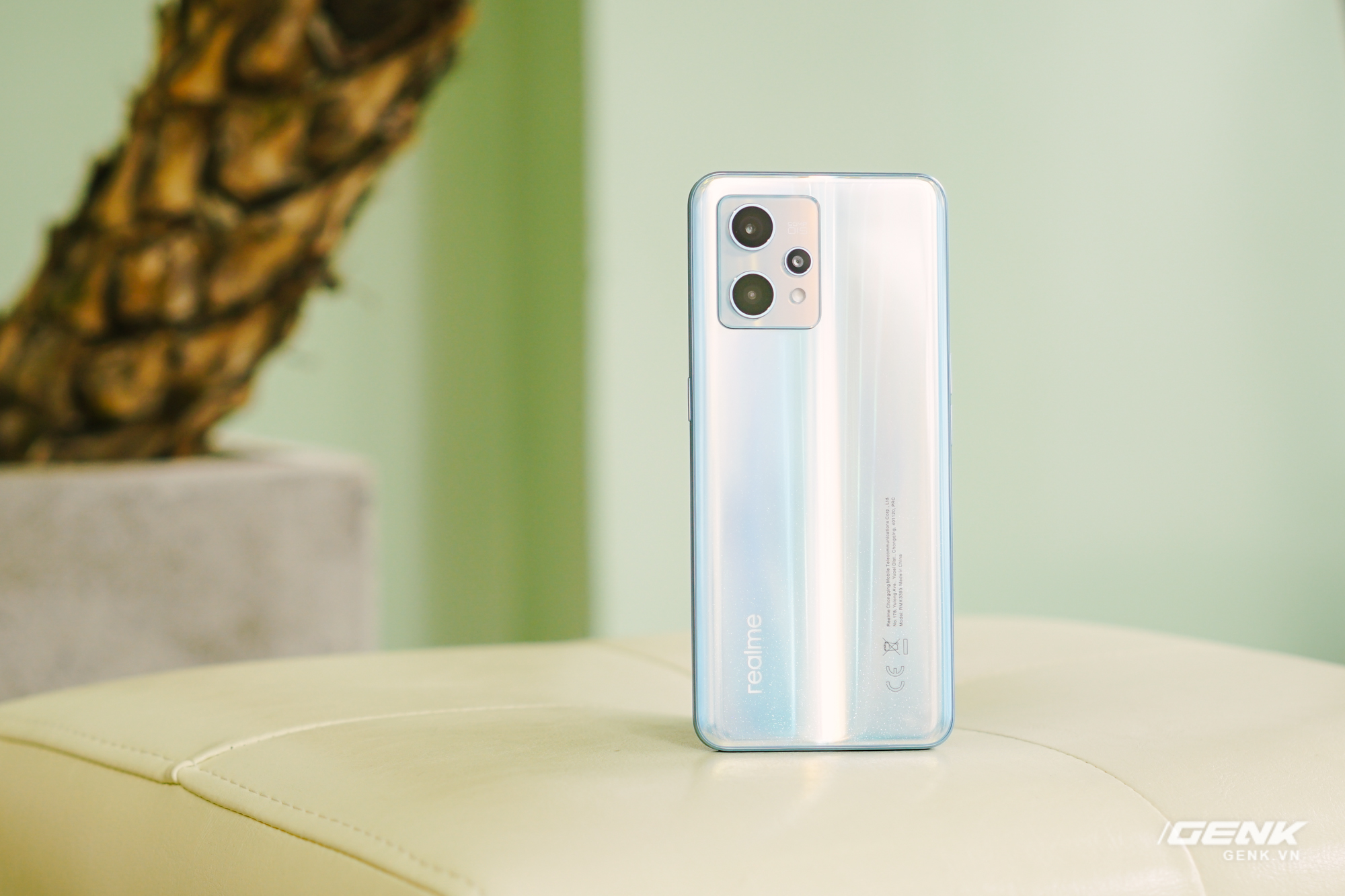
But the thing that people talk about the most is the camera system of this machine, more precisely the main camera. Accordingly, the main camera of the device uses a 50-megapixel Sony IMX766 sensor that is present on OPPO X3 and X5, two more advanced products than the realme 9 Pro +, along with a lens equipped with optical image stabilization. learn OIS.

Like any high-resolution smartphone camera, in normal shooting conditions realme 9 Pro + will combine 4 pixels into 1 to create smaller photos with 12MP resolution. If you want to have 50MP high-resolution photos, you need to switch to a separate mode and the image processing speed will also slow down a bit.
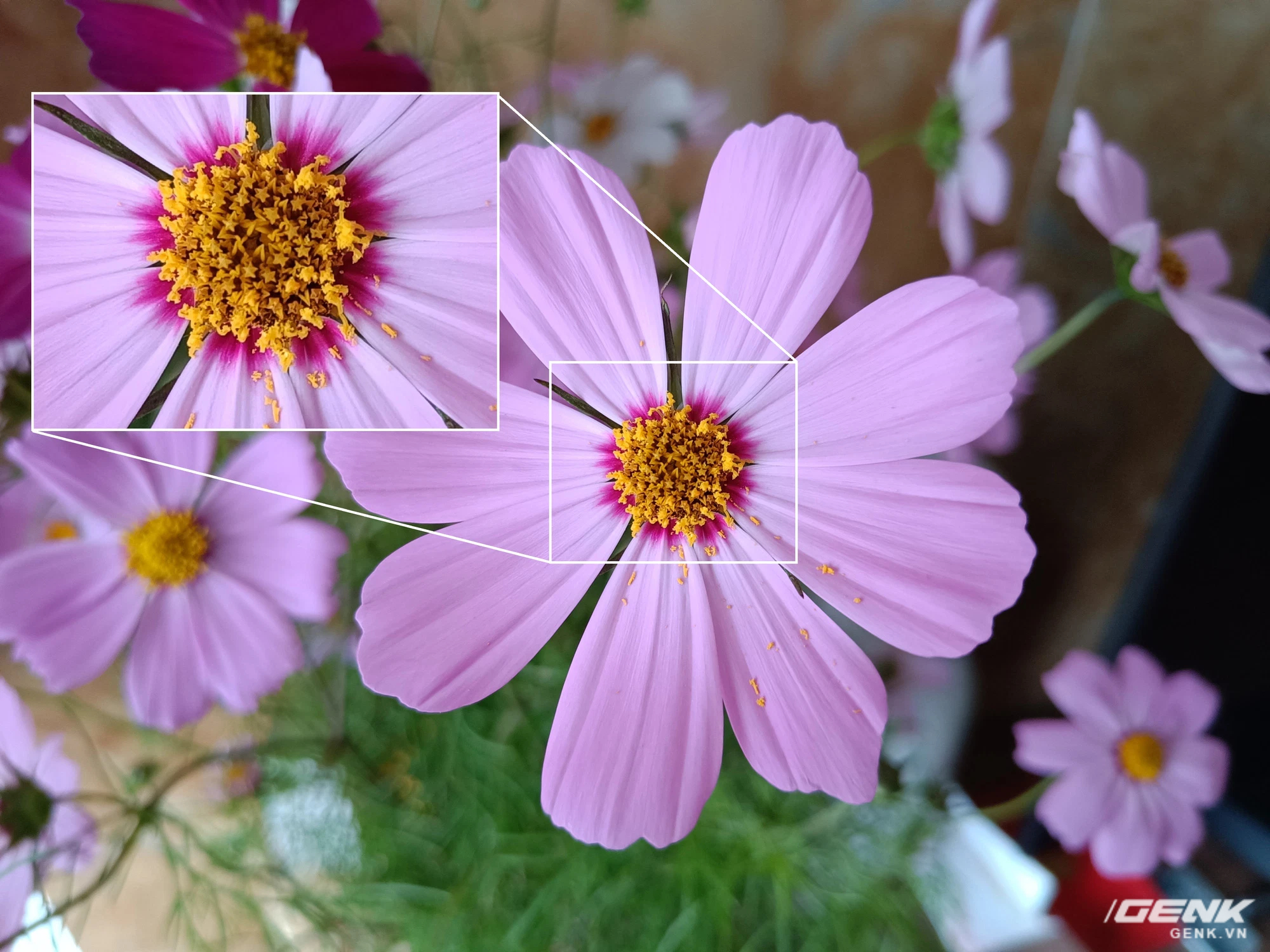
12MP photo resolution
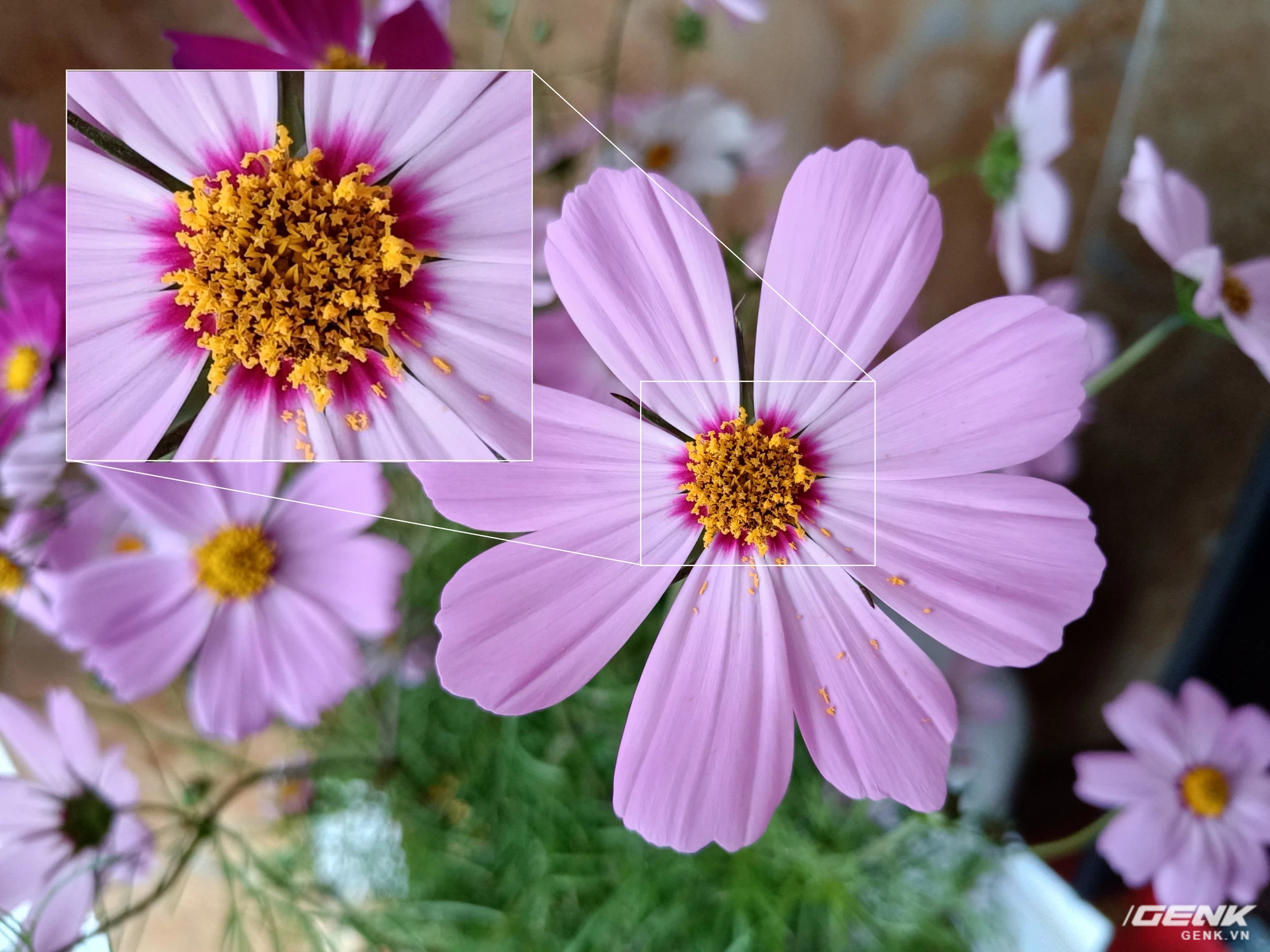
Photo resolution 50MP
And as always, the 4x higher resolution doesn’t mean the image will be noticeably sharper. When photographing objects with a lot of detail, when zoomed in, you will be able to see the difference just enough to notice. Like the photo above, I took a flower and when zoomed in to the middle we can see the separate pistils without missing details to stick together.
The advantage of realme 9 Pro + compared to some low-cost smartphones equipped with high-resolution cameras is that the post-processing ability between normal and 50MP photos is no different, factors such as light balance , HDR, color freshness are all guaranteed. You will have more peace of mind when taking 50MP photos without worrying about the photos being degraded compared to 12MP photos.
With both 12MP and 50MP photos, the realme 9 Pro+’s main camera tends to make colors a bit darker than it actually is. Hanoi in these days has little sunshine, it’s often foggy, so everything has a lighter color, but when shooting through realme 9 Pro + I still don’t feel the need to increase the color depth with the software.
Unfortunately, I don’t have an OPPO X5 to compare high-resolution photos with realme 9 Pro+, but there is another smartphone with similar resolution, the Samsung Galaxy S22 Plus.

Photos from realme 9 Pro+
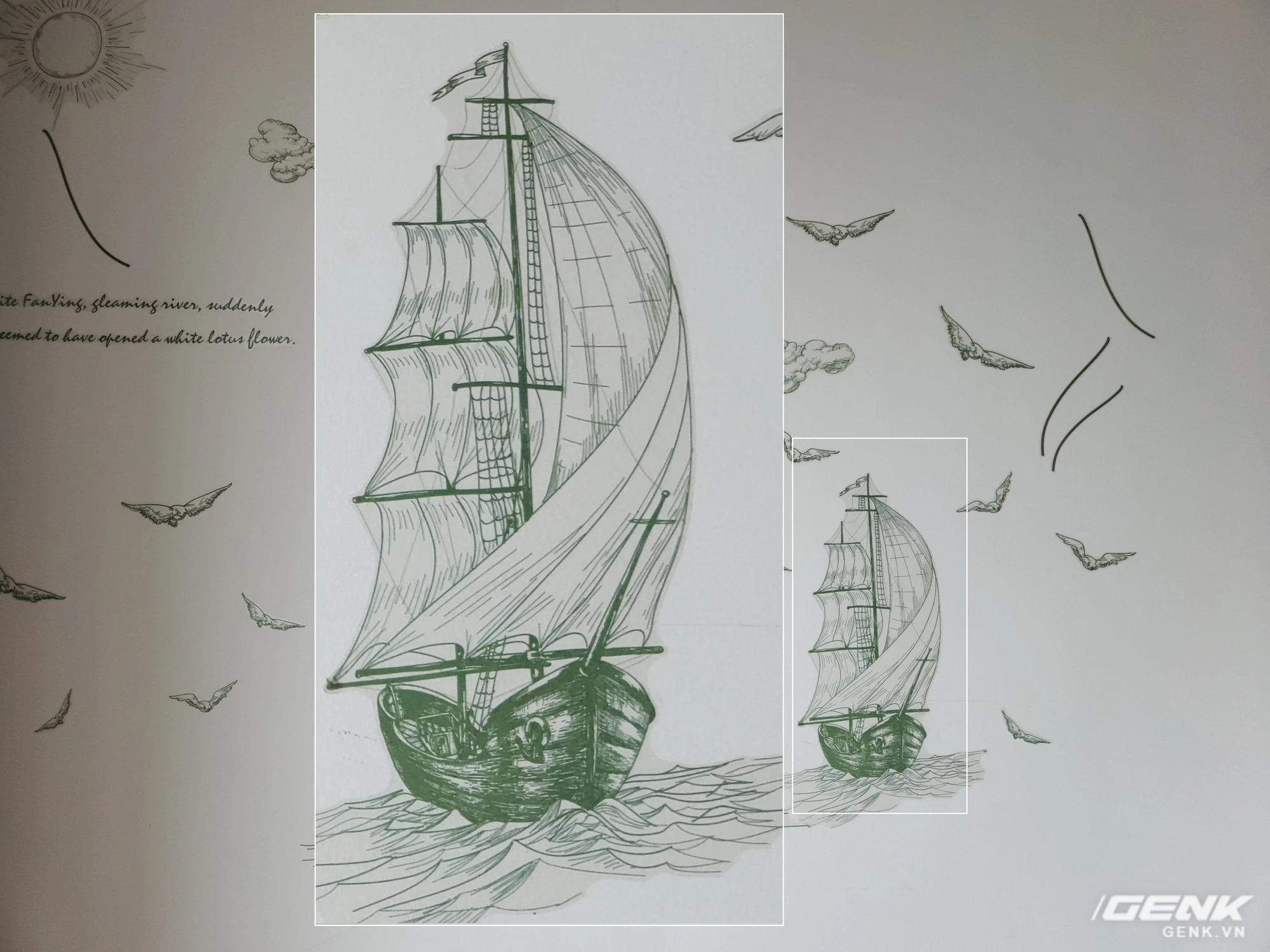
Photo from Galaxy S22 Plus
Realme’s image processing method gives higher density and contrast than Samsung, when the S22 Plus gives light color but is similar to reality. When zooming large, products from Samsung have the advantage of giving more “real” details, the white wall also has less noise compared to realme 9 Pro +. But we still have to keep in mind that this test is comparing a smartphone that costs more than twice as much as the other!
When shooting at night, the camera’s OIS anti-shake system comes into play. Realme 9 Pro + has its own low-light photography mode, and in this mode we will often have to expose for 2-3 seconds, OIS will help reduce shakes to a minimum, giving the sharpest image.
Low-light photos taken from the machine still have bold colors and high contrast like daytime photos, the noise removal algorithm is also applied so that the dark areas are not “speckled” with color particles.
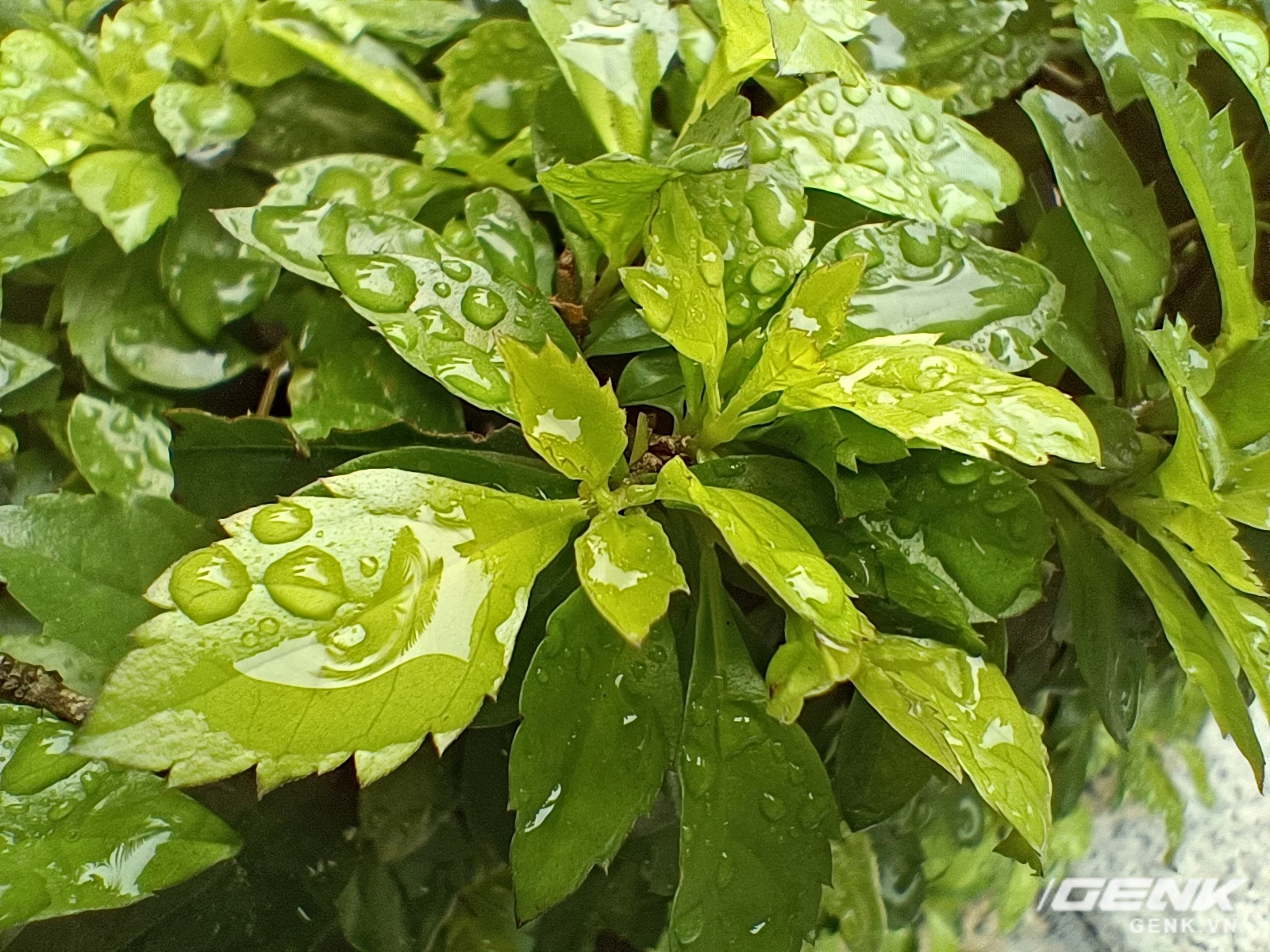

Supporting close-up photography, the device is equipped with a 2MP macro camera with a fixed focus distance of 4cm. In high-end products, macro shooting is usually done by an ultra-wide camera with autofocus or by a telephoto zoom, which is easier to use than a fixed focus style like this.
Macro cameras need a large amount of light to produce the best photos, and the color depth is also often lower than the main camera, so a little adjustment is required after shooting. Users need to master both focusing and post-processing to get the best close-ups.
There is no dedicated camera for telephoto shooting, but realme also equips the device with the ability to “zoom without loss of quality” (lossless zoom). This feature is essentially an electronic zoom on the 50MP high-resolution sensor and then applies an algorithm to sharpen the image.
From the level of 2x – 4x, the image still looks quite natural and does not give the feeling of being “drawn” in more details. From the thresholds of 5x to 20x, the detail is much reduced, partly because the noise reduction algorithm must also work harder.
For me, the fact that the device cannot zoom too far is not a big drawback, because I use the 8MP ultra-wide camera more to capture landscapes and large spaces. This type of camera has quite good contrast and color, not as good as the main camera, but it will still be enough for most cases. Realme has also applied an anti-distortion algorithm to make the final image more similar to the human eye.
Bring the quality of the flagship camera down to the mid-range price range?
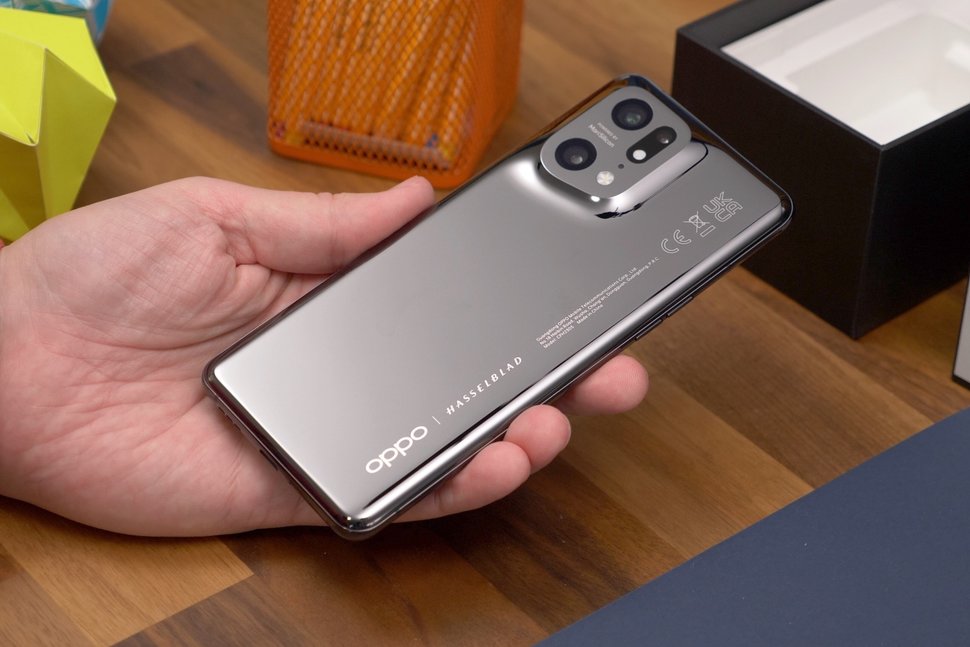
OPPO Find X5 (photo: Pocket-lint)
So to answer the question whether realme 9 Pro + can bring the image quality of flagship products to the mid-range price range, the answer will be no! The camera sensor is only a part of creating the final image, we must take into account the quality of the lens, the image algorithm of each machine. OPPO Find X5 also has its own NPU called MariSilicon X for image processing, which the realme 9 Pro + does not have.
That is not to mention other types of cameras, when high-end products besides the high-resolution main camera, there are also wide-angle, far-zoom types that are also stronger than mid-range products.
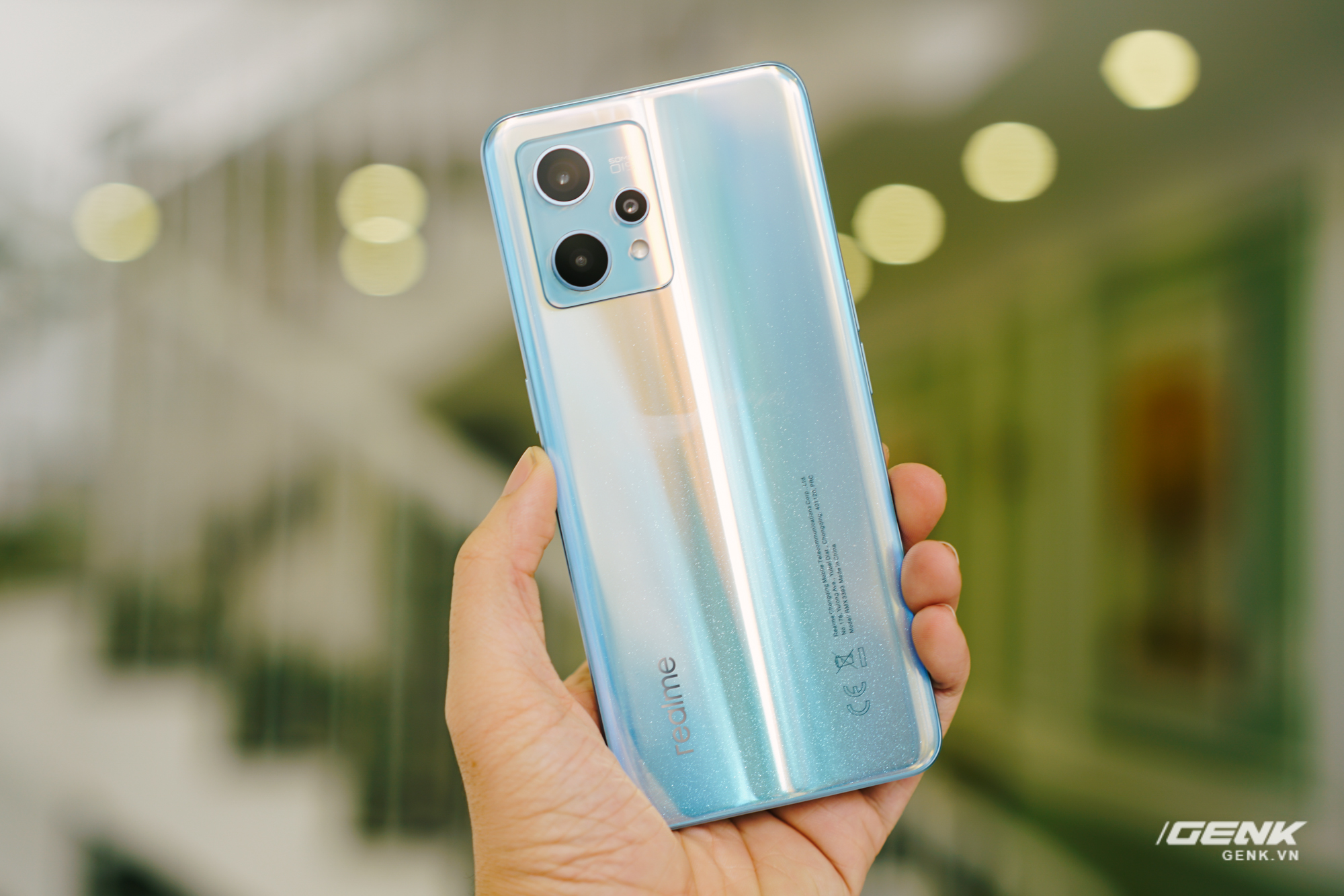
As for realme 9 Pro +, we still have to give praise to realme when there is a major upgrade in hardware so that the gap in image quality between top and mid-range smartphones is still there, but has been shortened to no longer “one heaven and one abyss”.
